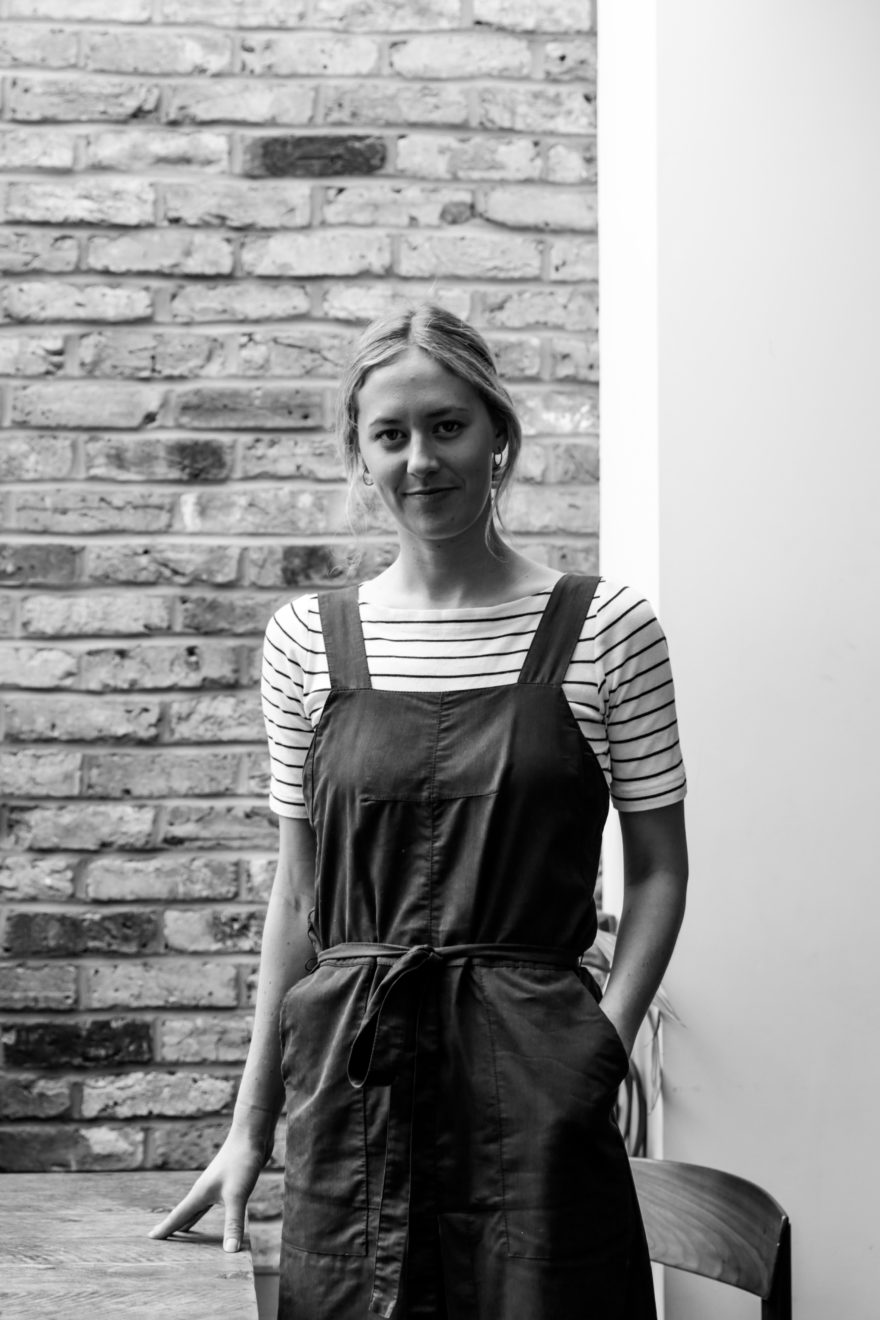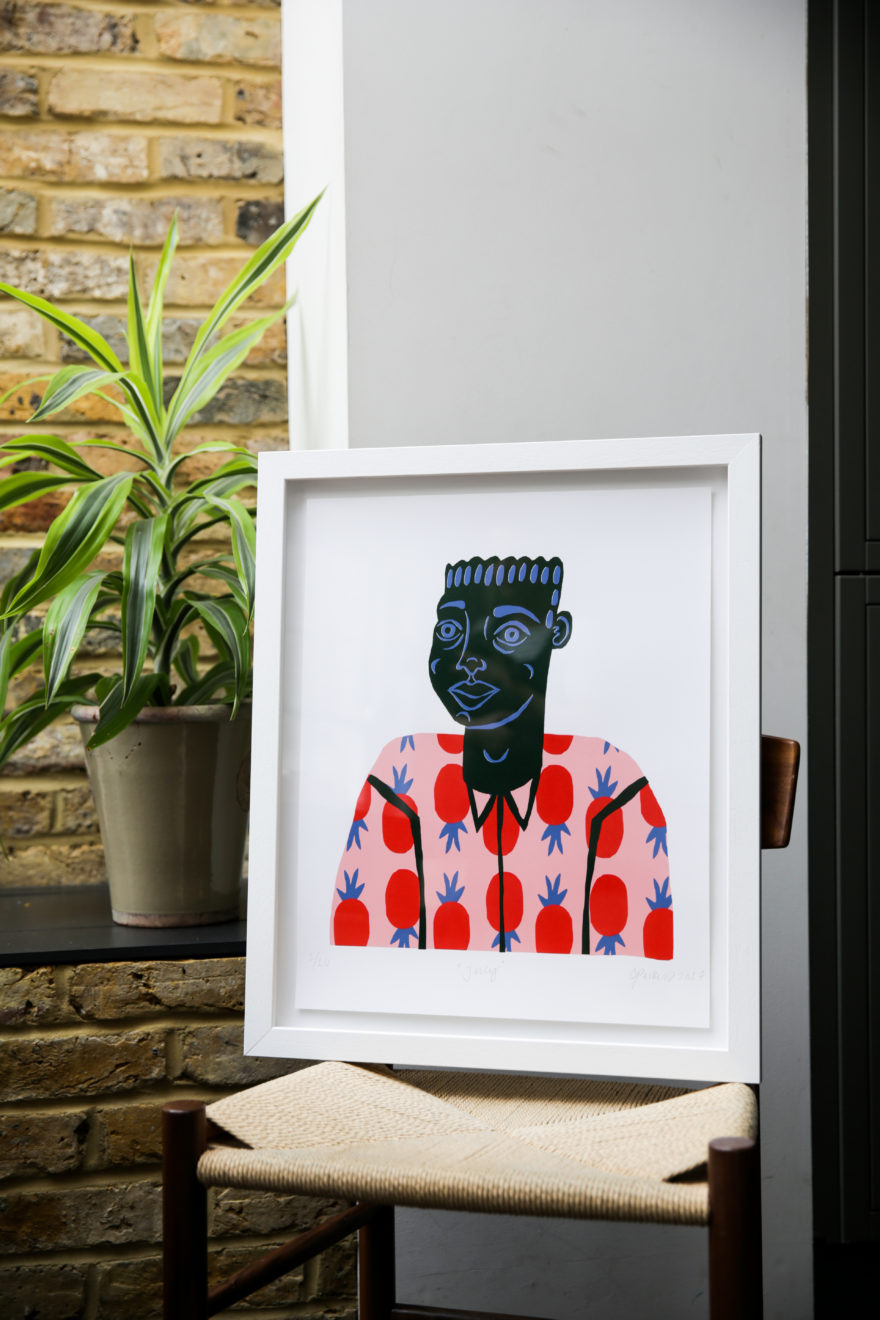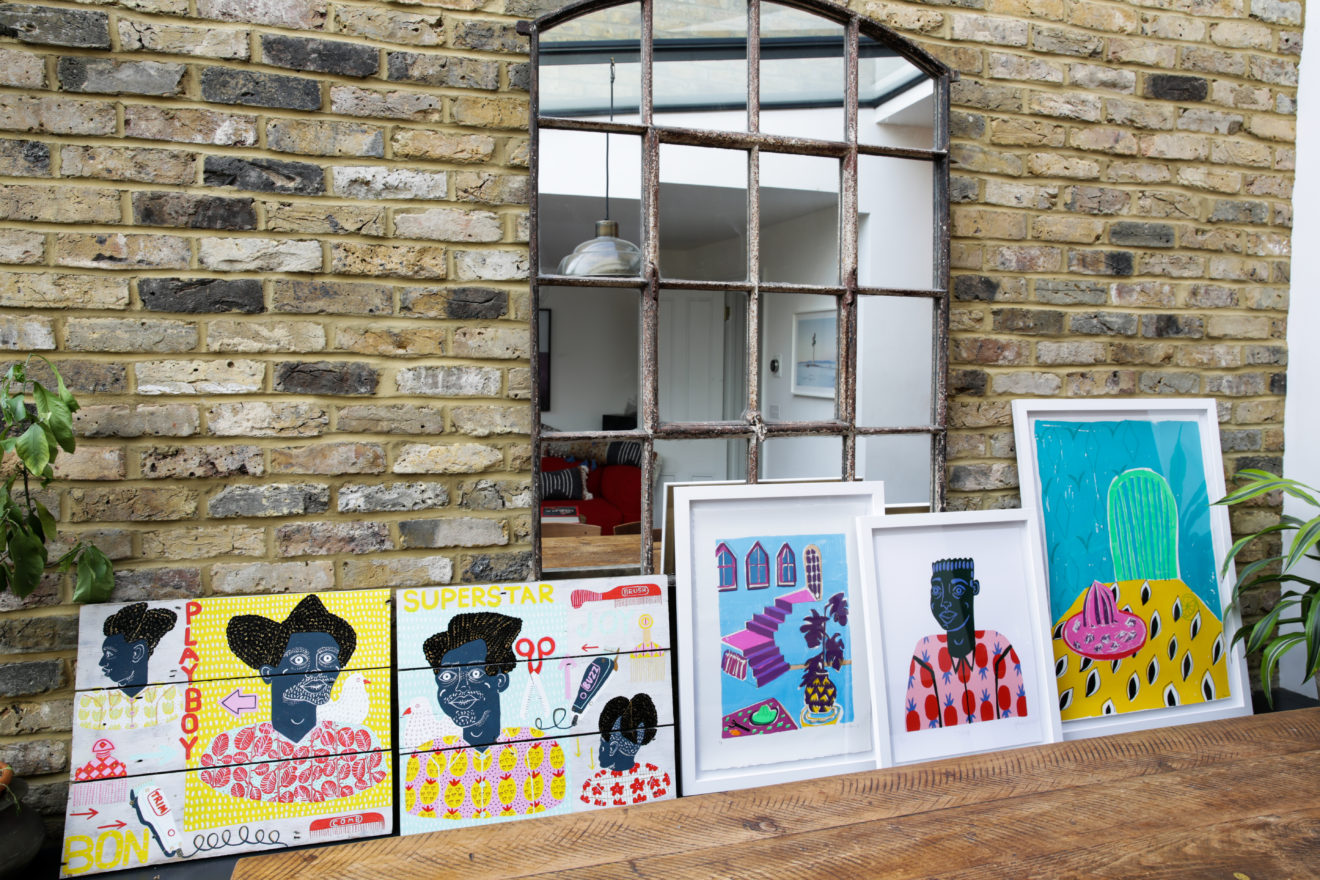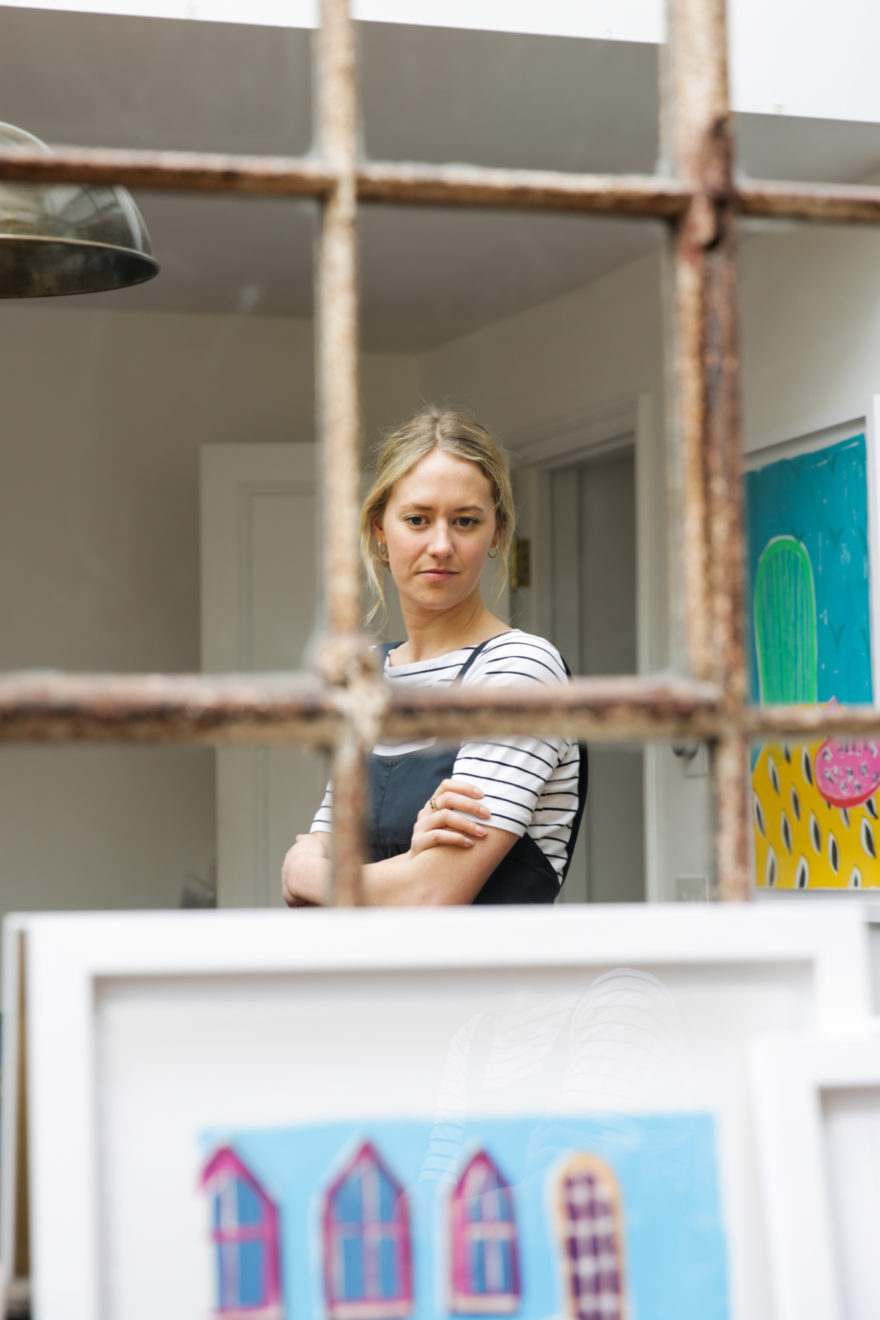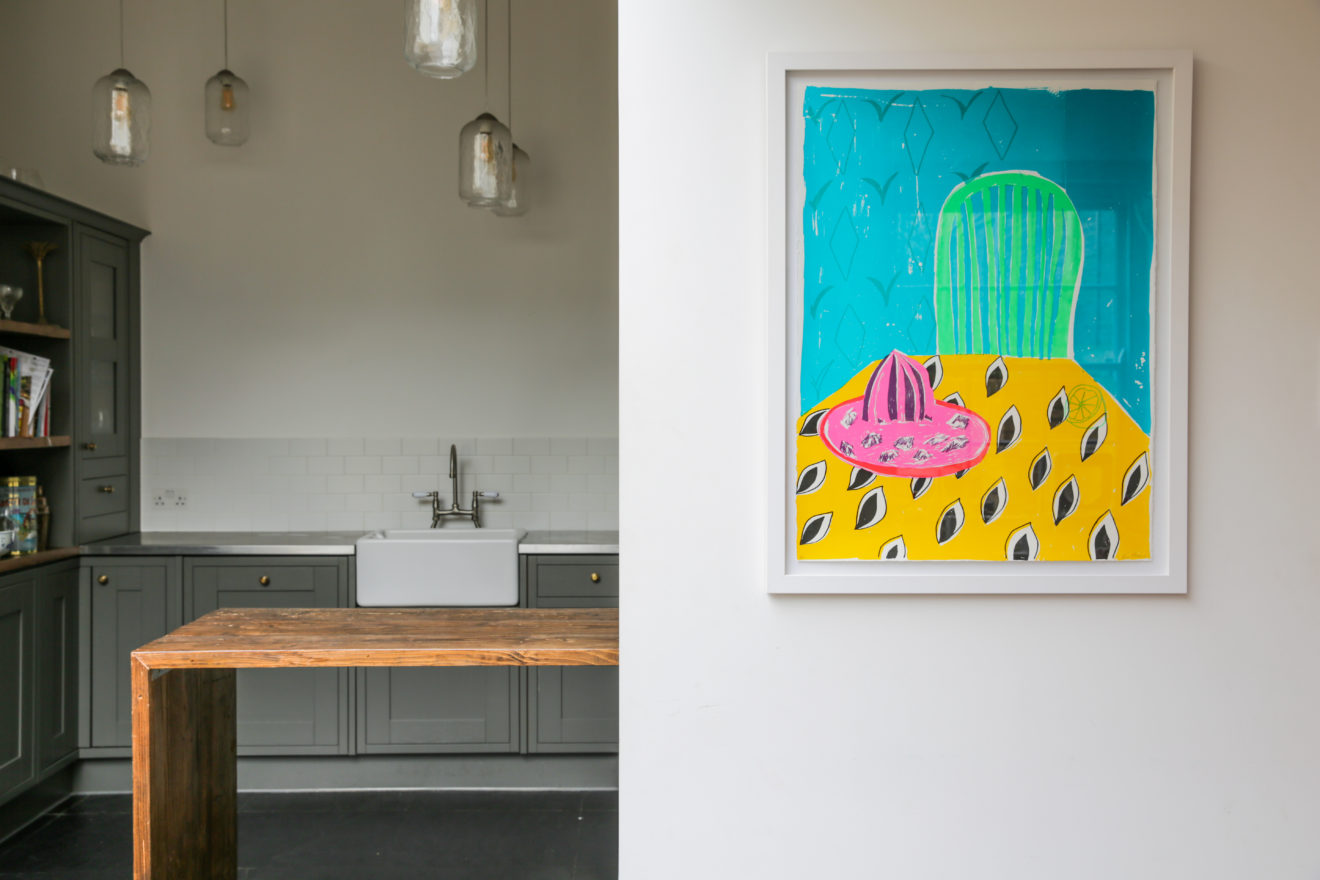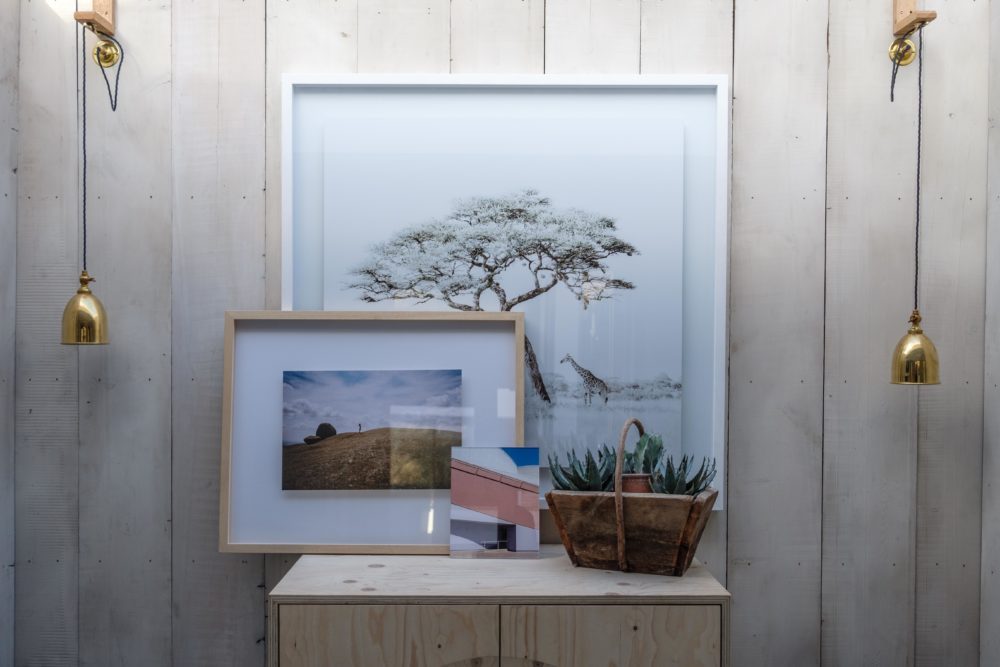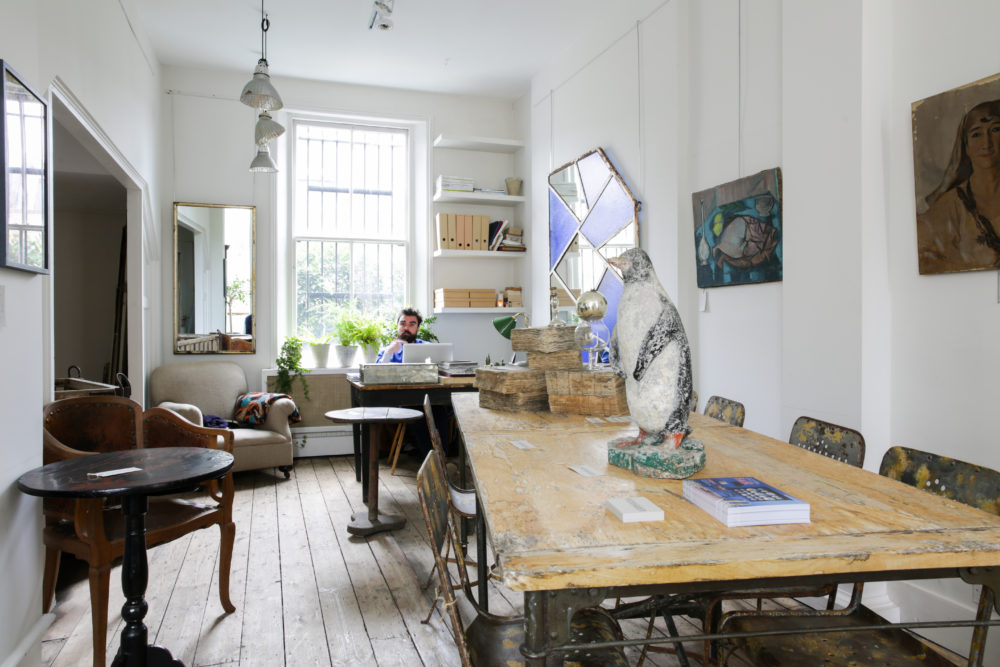Partnership Editions
Georgia Spray is the founder of Partnership Editions – an online art collection from artists from around the world, selling affordable art to new collectors. A true collaboration, the approach allows customers to really get to know each artist, and their work. We met with Georgia to find out a bit more about her and her work.
I previously worked at White Cube Gallery and Christie’s and then for a start-up called The Auction Room that conducted online auctions. At The Auction Room I focused on Contemporary African Art, which is a very exciting area of the art market right now. In 2016 I became an art consultant with a focus on Africa. Once I began to work for myself a lot of friends approached me looking for art by emerging artists under £1,000 – they wanted something that they could be excited by and feel that might be collectible, but also something that they wanted to live with. I genuinely could not direct them to a platform or gallery that could fit this remit.
There are so many new start-ups trying to corner the ‘online art market’ but their focus is volume rather than quality, and they often sell digital replicas of original artworks that are not limited – essentially glorified posters which have no inherent value. Out of this I saw a gap in the market for engaging with young people/emerging art collectors who feel intimidated by the “cliqueness” of the art world, but who are genuinely interested in authentic interactions with art and artists. Partnership Editions was borne out of the desire to make art accessible but with quality and curation at its core. We collaborate with artists – from those straight out of art school to those with gallery representation – to make limited edition artworks designed exclusively for us, which are always of small edition runs (under 50) and are made using traditional printing techniques such as screen printing and etching, rather than being digital copies of original artworks. We also provide an art consultancy for one-off artworks under £1,000.
I choose artists that I think have a strong aesthetic and that people would be excited to display in their homes, but who are also engaging with interesting topics and issues. Degree shows at London’s leading art schools such as Slade, Royal Academy, City and Guilds and Royal College of Art can be a great way to discover new talent. I probably also have a slight bias towards artists with a connection to Africa or African artists, given my background in this area, but also given the huge talent that is coming from the continent that for a long time has been overlooked. I just released a very exciting collaboration with a South African feminist artists called Lady Skollie where we made a screenprint of a mural that she produced for her solo exhibition at Tyburn Gallery, London. The mural was site-specific so had to be painted over at the end of the exhibit, but through our editions it was immortalised and is available to a new demographic given its affordable price (£380).
My favourite gallery is probably Jack Shainman in New York. The gallery represents a truly international roster of artists who find the perfect balance between being technically skilled and putting forward interesting conceptual ideas through their work. In London I think Tyburn Gallery has an exciting mix of new artists from Africa.
Our online offering is a starting point for engaging with art. We try to replicate the physical process of collecting art as much as possible on the site, by profiling artists in their studios so that you can understand the artworks in the context of their entire process and in relation to their other artworks. We also try and show the artworks in the context of the home so that people have an idea of scale and quality. However, we also realise that it is important for people to be given the option to see the real thing. We can arrange studio visits or viewings by appointment, and are branching into hosting pop-up exhibitions and events where collectors can see the physical artworks and have a chance to meet the artists.
I think that art brings immediate personality to a home – it is a viewfinder to the personality of, and narrative from, the artist – but at the same time, in creating a collection, it is an opportunity for buyers to project their own personalities by bringing together work that resonates with them in the context of their home. In the digital age, images and signs are so transient and our attention span is so short, therefore collating a group of images that you want to live with and that are a constant is a gratifying process and a welcome relief from our often fickle relationship with aesthetics.
I think that home is the space where you can be entirely yourself and feel absolutely no pressure to conform in any way. Dress-sense is often thought to be a key indicator of one’s personality, but it conforms to current trends and adapts to its setting. ‘Feeling at home’ is a sense of being confident, proud and safe all at once.
I think that there are works to cater to any scheme on the site, from the more minimalist and conceptual works by India Dewar, to the vibrant and design focused works of Rose Harris which can immediately bring an injection of colour and character to a room. I also think that creating your own compositions of artworks by Alice Irwin is a great way of bringing your own personality to a room. Ultimately, rather than trying to buy art that fits to a scheme, I think you should just buy what you like and then you can be creative about how to curate it within your existing aesthetic.
There isn’t really a template process for this – each commission or request is different. Sometimes people are more flexible on the artist that they want to collect, but have a certain scale in mind as they want to fill a specific space on their wall. Other commissions are much more specific to the artist – for example collectors who start off by buying editions and then over time take a step-up and want to buy an original artwork by the same artist. We always love to hear from people about the artwork or artists that they like as we may have something in the pipeline that they will love.
My vision for Partnership Editions is to make the process of engaging with artists and their art accessible to all types of collector, and not just in the context of the often-elitist contemporary art sphere. Partnership Editions is designed to provide an entry-point for collecting art, where anyone can engage with and afford both emerging artistic talent as well as artists who are carving out a strong career in the contemporary art-world and are having solo-exhibitions and have gallery representation.
Another key aim is to counteract the assumption or common misunderstanding that prints are a lesser art form, or involve less skill. The prints that we offer are not digital copies of original artworks, but rather artworks created using traditional hand-made printing methods such as screen printing, etching, wood cuts and silk screens, with direct involvement from the artist. The more accessible pricing is just a reflection of the fact that it is possible to make more than one version from the same design – although we keep our print-runs low to ensure that they retain value and are collector’s items.
As the name ‘Partnership Editions’ suggests, collaboration is at our core – not only referring to our collaboration with artists to create artwork aimed at a particular market – but also, our vision is to also partner with like-minded brands (such as fashion and lifestyle brands) to show more art in alternative settings that go beyond the gallery space.

